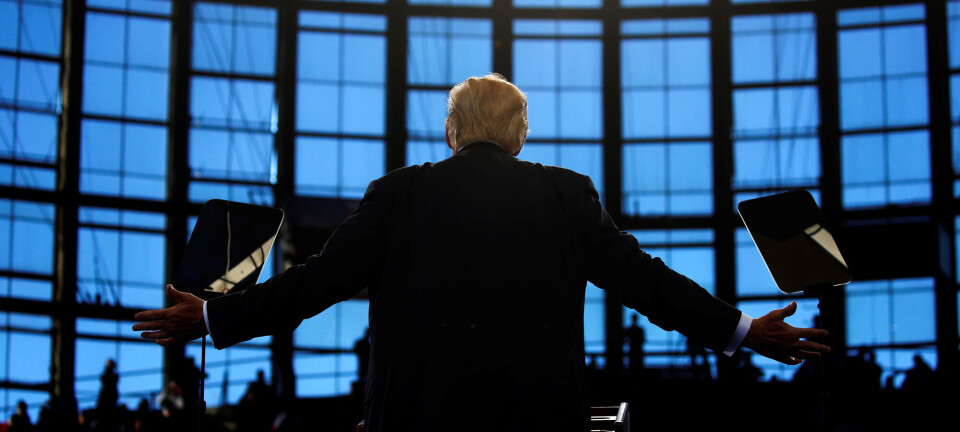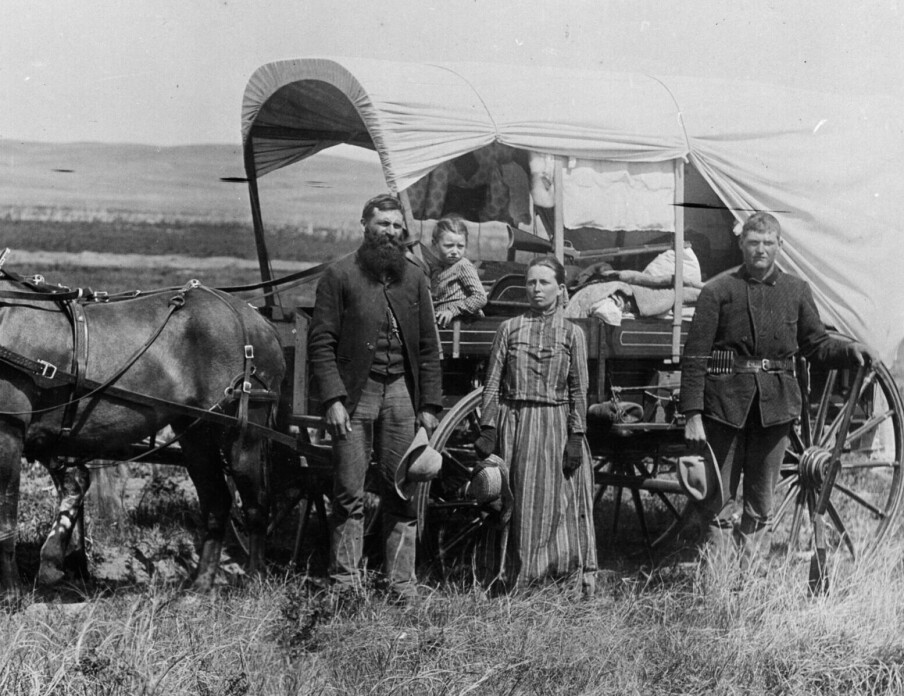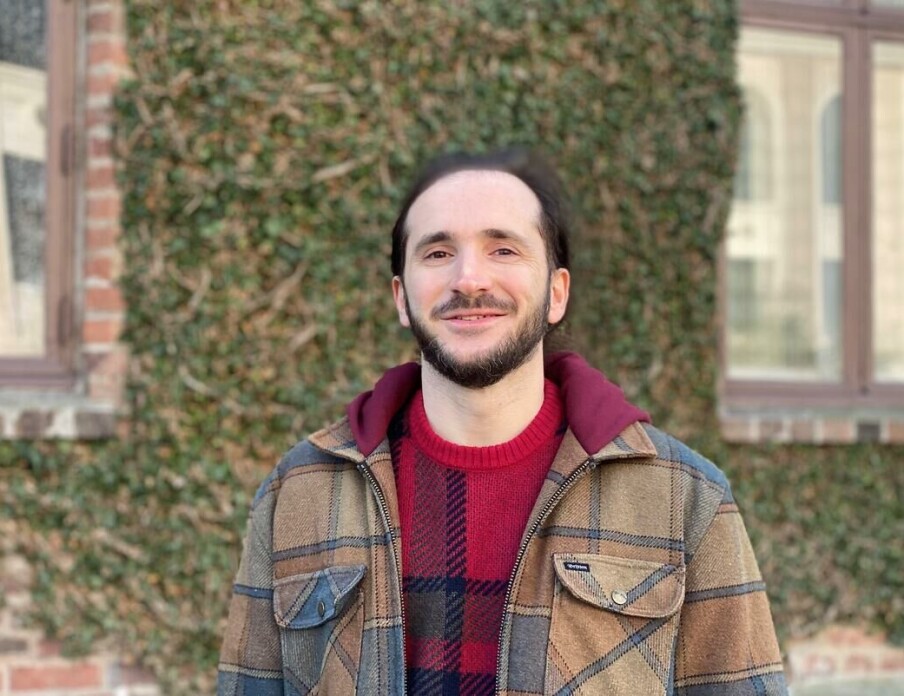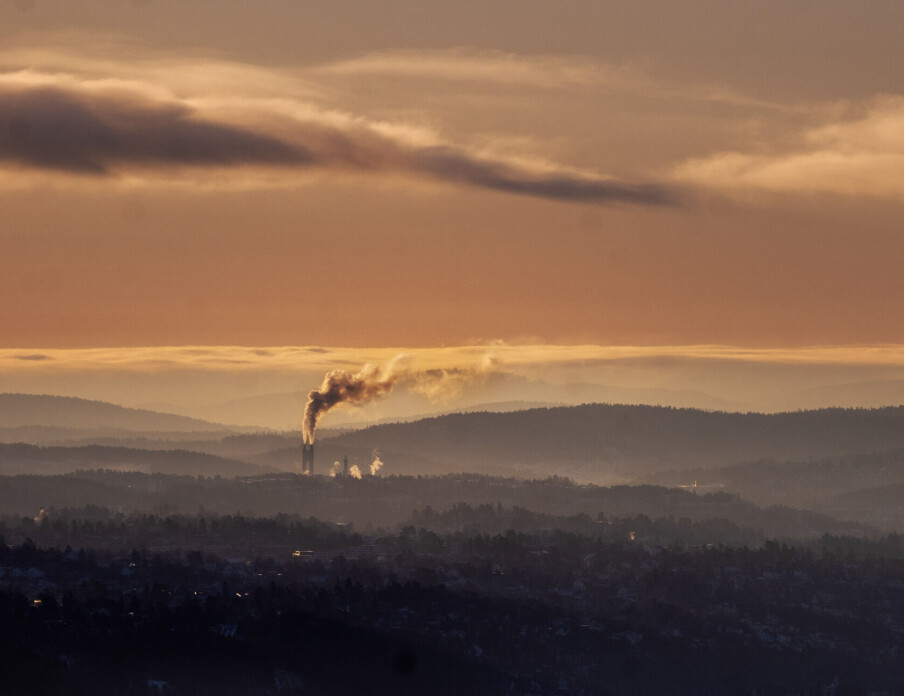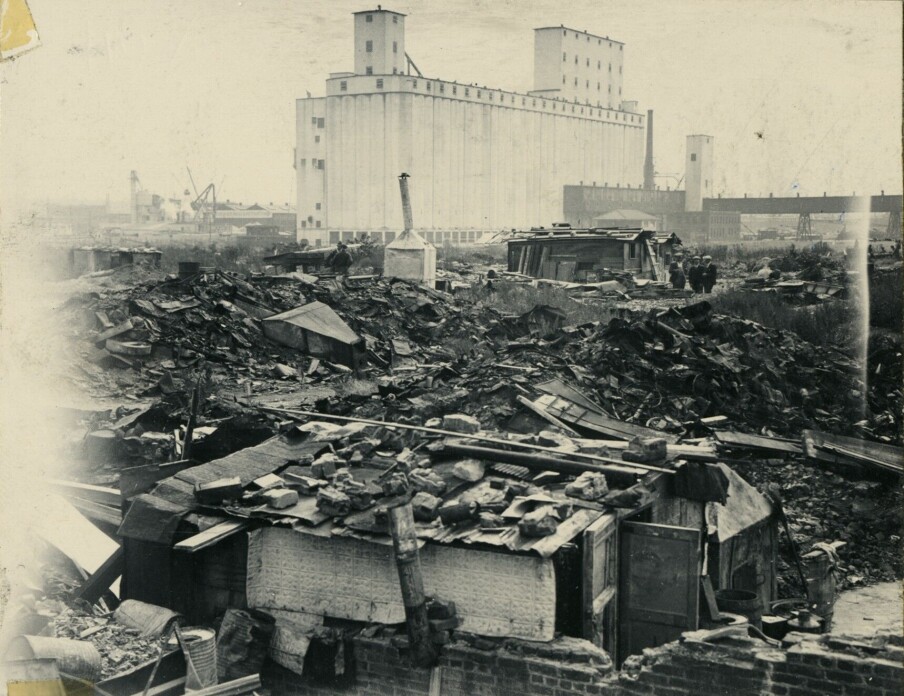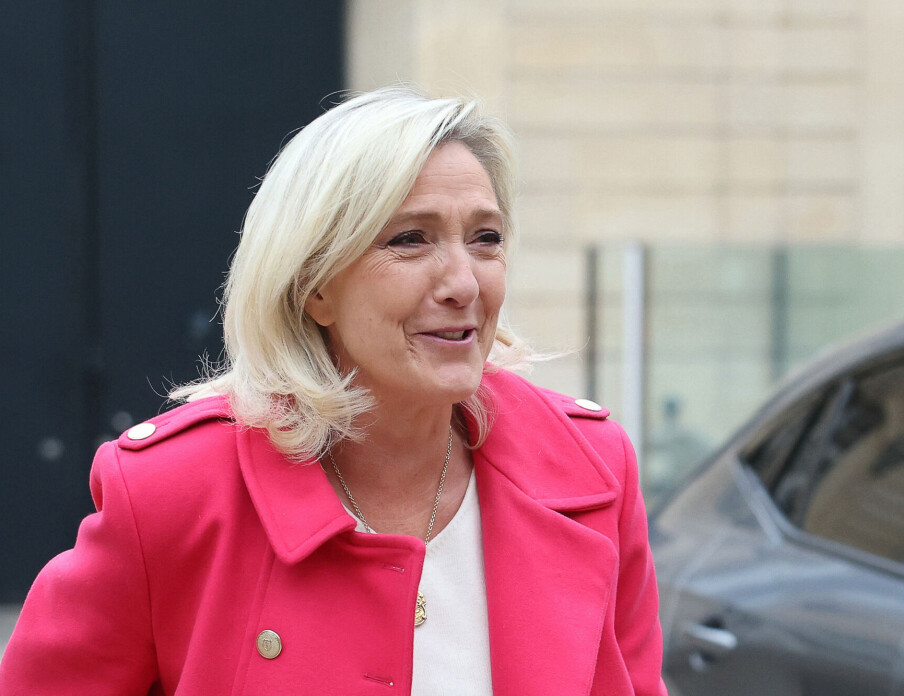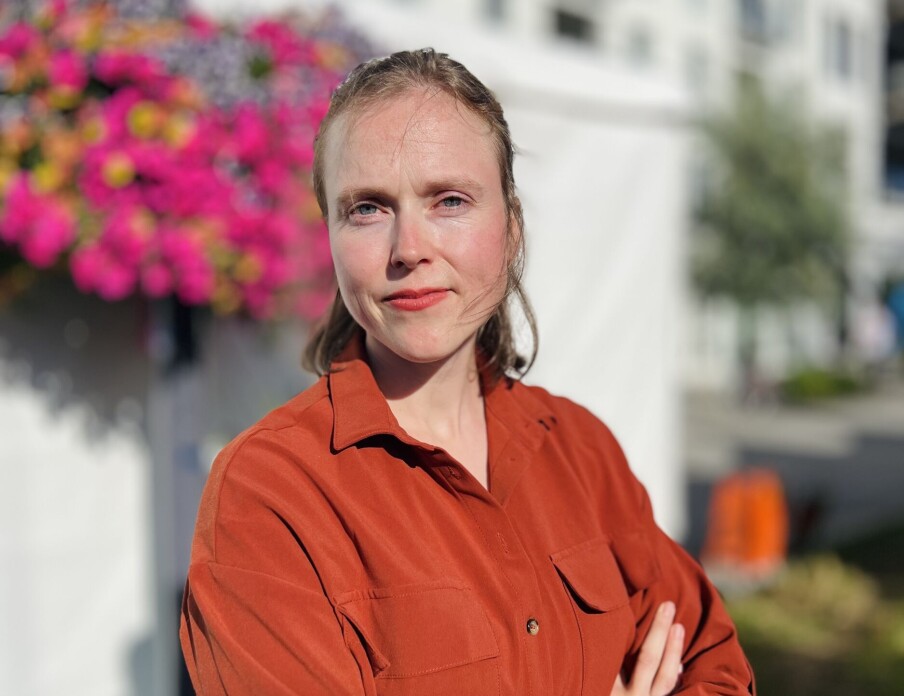Opinion:

Why the WHO failed when the world needed it most
OPINION: Our new study reveals how politics, money, and broken trust turned the pandemic response into a global blame game.
When Covid-19 struck, we watched as the World Health Organization (WHO), humanity’s supposed guardian against pandemics, became a target of political attacks.
A group of researchers embarked on an ambitious project: to systematically map every criticism leveled at the WHO during the pandemic.
The most damaging criticism was WHO's sluggish response to early warnings.
What we found shocked even us.
Diving into the chaos
We analysed documents focusing on the most thorough studies from around the world. Think of it as an autopsy of a failed global response, examining every organ of dysfunction. We weren't interested in pointing fingers; we wanted to understand the systemic failures that turned a health crisis into a geopolitical battlefield.
Our research revealed six major failure points, each more troubling than the last.
The delay that cost lives
The most damaging criticism was WHO's sluggish response to early warnings. We documented how Taiwan, excluded from WHO due to Chinese political pressure, sent alerts about human-to-human transmission that went unacknowledged. By the time WHO declared a pandemic, the virus had already conquered the globe.
But here's what most critics miss: WHO can only act on information member states provide. It's like being a fire chief who can't enter a burning building without the owner's permission. The organisation was structurally designed to fail in exactly this scenario.
Following the money trail
During our research, we found out that over 80 per cent of WHO's budget comes from voluntary contributions that donors control. Imagine trying to manage a pandemic while your funders dictate which diseases you can fight and which countries you can help.
We found that this financial stranglehold meant WHO often had to prioritise donor interests over global health needs. It's not corruption; it's structural dysfunction built into the system.
When communication became contamination
We meticulously analysed WHO's communication strategies and found a devastating pattern. The organisation's messaging was inconsistent, unclear, and often contradictory.
As we write this, new health threats are already emerging. Our research isn't just academic; it's a warning.
Remember the mask confusion? First, they weren't necessary; then they were essential; then only medical-grade ones worked.
Our analysis showed this wasn't just about evolving science, it was about an organisation trying to balance scientific uncertainty with political pressure while lacking a coherent communication strategy for the social media age.
The vaccine divide deepened
COVAX was supposed to be the solution to vaccine inequality. Our research documented how it instead became a symbol of failure.
While wealthy nations stashed vaccines, COVAX struggled with underfunding, supply chain disasters, and political interference.
We found that some countries were administering fourth doses while others hadn't received their first shipments. This wasn't just inequality; it was a breeding ground for new COVID variants that would come back to haunt the vaccinated world.
The geopolitical tornado
Perhaps our most alarming finding was how the U.S.-China rivalry paralysed WHO's response.
We documented how accusations flew both ways; the U.S. claimed WHO was 'China-centric,' while China portrayed criticism as Western bias. Meanwhile, the virus didn't care about politics.
This political tension escalated further with President Trump’s use of the term 'Chinese virus' and his threats to withdraw funding.
We documented how accusations flew both ways; the U.S. claimed WHO was 'China-centric,' while China portrayed criticism as Western bias. Meanwhile, the virus didn't care about politics.
These weren’t just diplomatic tantrums; they represented a fundamental breakdown in global health cooperation when unity was essential.
Trump's announcement to pull America out of WHO on day one of his presidency wasn't surprising; our data predicted it. We'd documented how trust in WHO had split along partisan lines like a geological fault. Republicans viewed the organisation as compromised by China, while Democrats saw it as essential but flawed.
This wasn't just American drama. Our research revealed similar fractures globally. When the world's largest economy and historically biggest health donor walks away, it validates every concern we raised about WHO's structural vulnerabilities.
What's next?
Our research doesn't just diagnose problems; we offer a prescription. WHO needs guaranteed funding that is independent of political manipulation. It needs authority to declare emergencies without waiting for political permission. It needs transparent governance that rebuilds public trust.
We also discovered something hopeful: regional organisations like Africa's CDC showed that decentralised responses could work.
The future might not be one global authority but networked regional bodies that can act quickly while coordinating internationally.
As we write this, new health threats are already emerging. Our research isn't just academic; it's a warning. Without fundamental reforms, the next pandemic will find us just as divided, just as unprepared, and just as vulnerable.
The virus taught us that pathogens don't respect borders. Until our response systems learn the same lesson, we're fighting blindfolded with our hands tied.
Reference:
- Mohamed Nour, M., Kisa, S., & Kisa, A. (2025). Examining criticism of WHO’s COVID-19 response: a scoping review. Humanities and Social Sciences Communications, 12(1), 1-13.
Share your science or have an opinion in the Researchers' zone
The ScienceNorway Researchers' zone consists of opinions, blogs and popular science pieces written by researchers and scientists from or based in Norway. Want to contribute? Send us an email!









